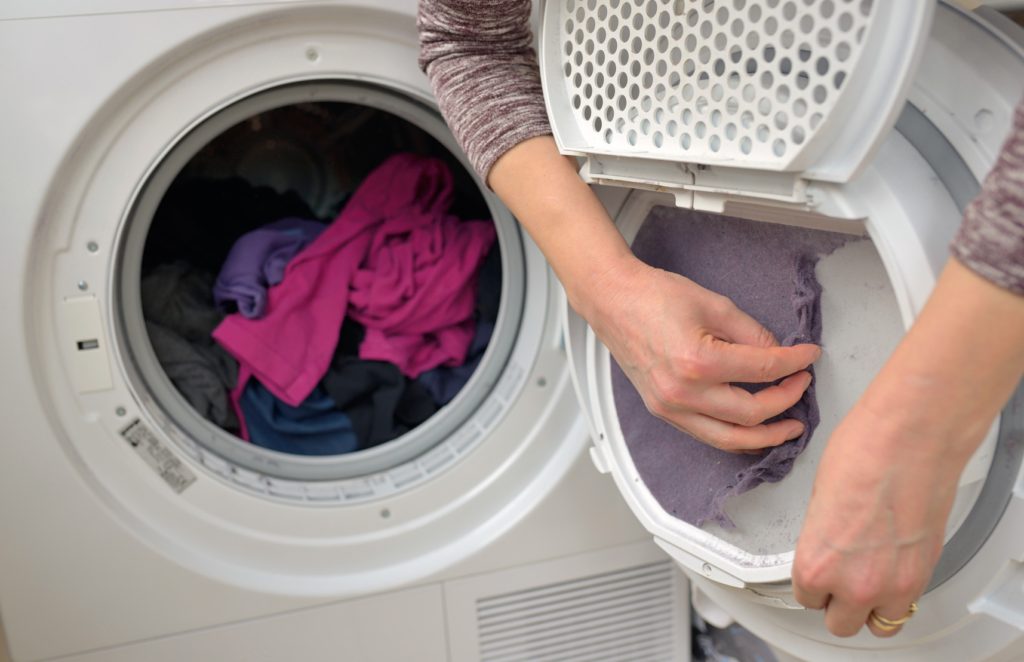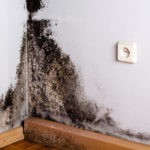Many property owners may not realize it, but mold is everywhere, growing in all places where moisture is present. The reason they don’t know it is because the mold spores are too small to see. While minimal amounts of mold may not be enough to trigger health issues, high humidity levels allow for the spores to attach onto a household surface and grow.
While the fungus is most commonly found on building materials and furnishings, like carpeting, drywall, insulation, and flooring, mold can also grow within appliances. Given that the appliance supplies or functions with water, property owners may not be surprised to find mold showing up there.
All of the following appliances are commonly known to experience mold growth:
- Air Conditioner Vents
If the air ducts contain moisture from rain or high humidity levels within the property, mold can use the air ducts to tunnel their way into the rest of the building structure. With mold in the HVAC systems, it won’t be long until you find it growing on the air registers.
Another sign of mold in your air ducts is the smell. Musty odors are a prime indicator of mold and mildew in your home or building; therefore, you will want to inspect all appliances, including the rest listed below. If you are still unsure, a mold remediation professional will be able to find and eliminate it for you.
- Washing Machines

Front loading washing machines are the models most common for experiencing mold. If you open the hatch and get a blast of a musty odor, you may have a problem as these watertight machines create the perfect breeding grounds for bacteria and mold growth.
To keep it clean, wash the inside gasket and detergent dispensers with hot, soapy water, then run an empty wash cycle only using one cup of bleach OR baking soda. Not both! If you still smell the musty odor after the cycle, mold may be hiding in a clogged drain, filter, or behind the drum, which will require the expertise of a professional.
- Hot Water Heaters
Not many property owners give much attention to hot water heaters. Locked away in dark areas, these appliances are prone to leaks, water damage, and mold damage if not inspected frequently. You may notice large puddles of water around the machine in the case of a big leak, but slow leaks can result in mold growth along the walls and floors of the appliance.
To prevent mold growth on and around your water heater, inspect for and repair any leaks while removing any building materials containing mold. If you continuously find leaks and small puddles around the machine, it’s probably time for a replacement.
- Humidifiers
These appliances are great in dry environments, particularly in the wintertime when all moisture in the air is frozen. But they come with their own problems, contributing to water and mold damage when not maintained properly.
While the technology used within humidifiers is improving, never believe everything you read on the label, even if it says “antimicrobial.” These appliances must always be cleaned after every use due to the amount of water they disperse in the air. Once a week, remove the scale with vinegar and disinfect as stated in the owner’s manual. Also be sure to disinfect before and after putting and taking it out of storage.
- Refrigerators
Refrigerators are among the most common appliances to experience water and mold damage. The first sign of mold will be musty smells, but this problem can easily be combatted with a single tablespoon of baking soda, an eco-friendly fungicide, and 1 quart of warm water.
After removing the contents, wipe down the walls, floors, and ceilings surrounding the refrigerator (be sure not to forget the gasket around the refrigerator door). Take out all drawers and shelves from the refrigerator, careful not to scratch any surfaces with the glass, and wipe them down with a fresh washcloth and warm water. Next, do the same with the freezer.
Common Questions Asked About Mold Growth
- Can My Thermostat Aid in Controlling Mold Growth?
No. While mold prefers to grow in dark, warm, moist conditions, it can also survive in cold environments. Colder environments may hinder the growth, but it definitely will not keep the fungus away for long.
- What Do I Do if It’s on My Walls?

Never forget that mold always requires moisture to grow. To completely remove it, you will need the help of an experienced mold remediation professional. But you can always take steps to prevent it, such as purchasing a digital temperature and relative humidity (RH) sensor to keep your home below 70-75% RH. If you are unable to keep it this low, consider investing in a better ventilation or dehumidification system.
- Can Mold Grow on Plastic?
Mold cannot grow on plastic. In fact, the most common type of mold, known as black mold (stachybotrys chartarum), cannot grow on any plastic, concrete, ceramic, or vinyl, including shower tile. But it can grow on building materials with high fiber and low nitrogen content, like paper, wood, wallboard, and other porous materials.
- How Do Professionals Remove Mold?
Many mold removal contractors will have their own processes for removing mold growth, but not all of them will be able to eliminate it completely. While some may remove it at the surface, the spores located deeper within the material will disperse additional spores, allowing it to grow back and spread again.
However, licensed, trained, and experienced mold removal professionals will use the proper products and processes designed to remove mold at the source.
Work with a Licensed Mold Removal Professional
If you have found mold growth on or near the appliances on your property, don’t hesitate to repair any leaks and call a mold removal professional right away. As mold is known to cause a number of severe issues to your property, your health, and your safety, it must be addressed promptly.
When calling a local contractor, ensure that they are certified and have excellent reviews before hiring them, as you don’t want to be dealing with the same problem in the future. Professionals who are licensed and trained in mold removal will first come out for an initial estimate, identifying the extent of the damage and explaining the process to you.
Moving forward with the estimate, they will contain the affected area to prevent it from spreading, disinfect the affected materials, remove any soiled parts of the building structure, apply antimicrobials to prevent future growth, and install any replacements as needed.
After the mold has been completely removed, it’s great to have some peace of mind; however, be sure to continue following the mold prevention steps listed above to avoid similar issues happening in the future.



